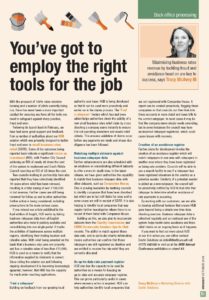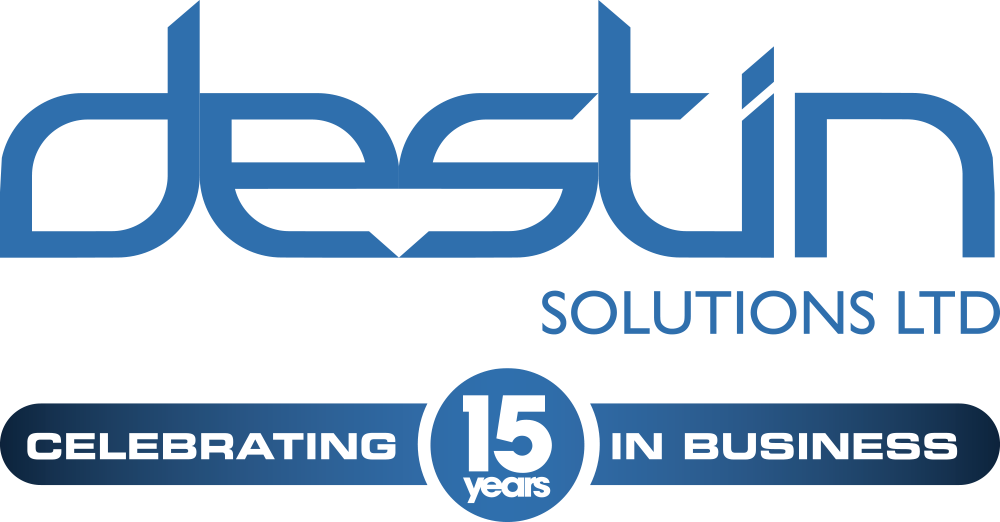First published in IRRV Insights in October 2018 edition.
 With the prospect of 100% rates retention looming and a number of pilots currently being run, there has never been a more important catalyst for ensuring you have all the tools you need to safeguard against sharp practice, fraud and error.
With the prospect of 100% rates retention looming and a number of pilots currently being run, there has never been a more important catalyst for ensuring you have all the tools you need to safeguard against sharp practice, fraud and error.
Following its launch back in February, we have had some great support and feedback from a number of Authorities about our HUB solution which was primarily designed to tackle fraud and error in small business rates relief (SBRR). Some of the outcomes being reported back indicate a significant return on investment (ROI), with Preston City Council achieving a ROI of nearly 45 times the cost of the system to implement and South Ribble Council reporting a ROI of 23 times the cost.
Two Councils working in partnership have also reported that they have collectively identified 15 cases where relief has been removed, resulting in a total saving of over £100,000 in lost revenue. Further cases are still being reviewed for follow up and in other Authorities, further action is being considered including prosecutions in the more serious cases.
If you missed our article published in the April edition, HUB works by taking business ratepayer data from all English Authorities who make it publicly available and consolidating into one single portal. It tracks the activities of businesses across multiple regions, identifying their trading location and rateable value. With relief being awarded on the basis that a business only uses one property and has a rateable value of less than £15,000, HUB is used as a means to verify that the information supplied by claimants is correct. Since rolling the solution out and following ongoing development it is become increasingly apparent however, that HUB has the capacity for much wider-reaching applications.
‘Find a Ratepayer’
Building on feedback from our growing Local Authority user base, HUB is being developed so that it can be used more proactively and earlier on in the claims process. The ‘Find a Ratepayer’ feature which has just been added helps Authorities check the validity of a new small business rates relief claim by cross checking a company name instantly to ensure it is not operating elsewhere and meets relief criteria. This ensures validation of claims occur before any payments are made and shows due diligence has been followed.
Matching multiple datasets against business ratepayer data
Further enhancements are also scheduled with an emphasis on consolidating different datasets to offer a more in-depth view. In the latest release, we have given Authorities the capability to match their business ratepayer data with other datasets, such as Companies House. This is proving invaluable by enabling Councils to identify companies that have been dissolved but which are in fact still liable for rates and in some cases are still in receipt of SBRR. It is also helping to identify local companies that may require further investigation where there is no record of them listed with Companies House.
Building on this, we also plan to incorporate datasets from the Charity Commission and HMRC Community Amateur Sports Club records. The ability to match against these data sets and in particular Charity information, means Authorities can confirm that these ratepayers are still registered as Charities and are entitled to receive the rate relief they are currently allocated.
An up-to-date rate payment register
HUB also has the capacity to be used by Authorities as a means for keeping an up-to-date and accurate ratepayer register. This can prove particularly useful in cases where recovery action is required. HUB can help Authorities identify local companies that are not registered with Companies House. A report can be created proactively flagging these companies so that Councils can then look into these accounts in more detail and issue bills to the correct ratepayer. In most cases it may be that the company name simply needs amending, but in some instances the council may have an incorrect ratepayer register which could cause issues with recovery.
Creation of an avoidance register
Further plans for development involve the creation of an avoidance register which will match ratepayers in one area with ratepayers in another area where they have been registered as being rate avoiders. Councils will be able to use a search facility to see if a ratepayer has been registered elsewhere in the country as a potential avoider. Similarly, if a potential avoider is added as a new ratepayer, the Council will be proactively notified by HUB to look into that ratepayer to determine whether avoidance of rate payments is occurring.
By working with our customers, we are able to develop additional features that ensure HUB goes beyond being a simple one-time data checking exercise. Business ratepayer data is refreshed regularly and so continual use of the system helps tackle rates avoidance and false relief claims on an ongoing basis as it happens. HUB is already starting to receive industry recognition and has recently been announced as a finalist in the credit and collections technology awards in the ‘innovation in collections and recoveries’ category.
